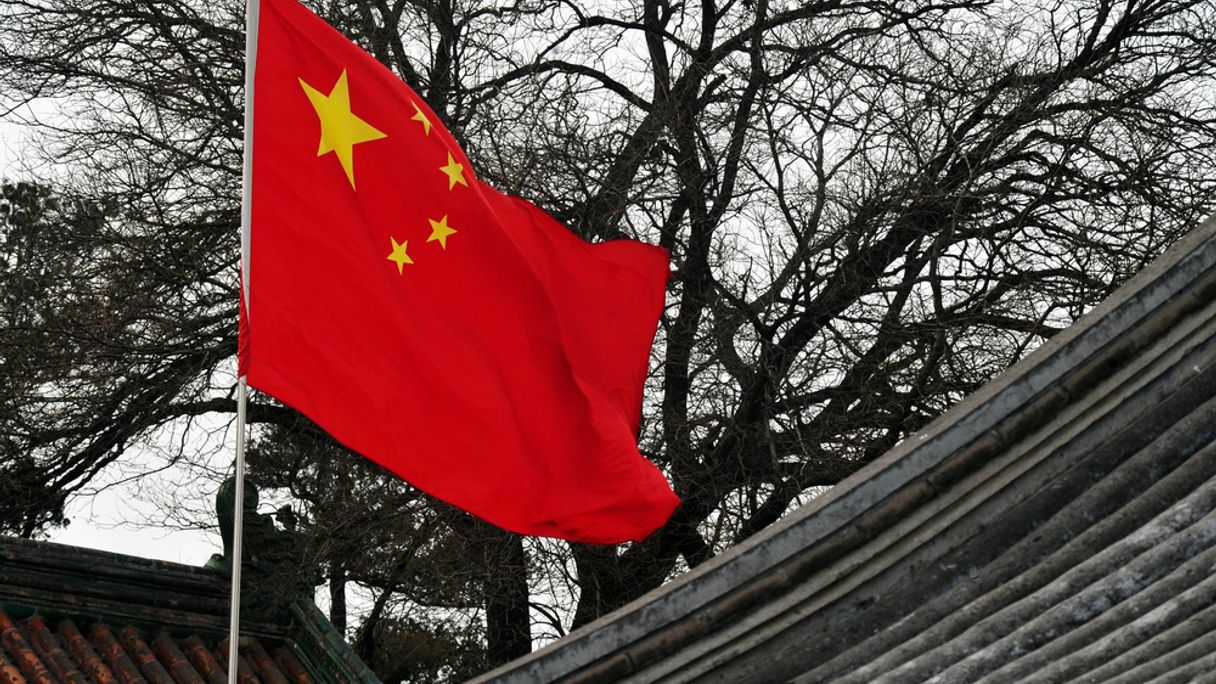China, the world’s second largest economy after the US, is likely to drive a bulk of dollar-denominated Basel III Tier-2 bonds — or new-style bank capital — volume as the country’s local banks look to shore up cheaper forms of funding.
¬ Haymarket Media Limited. All rights reserved.



